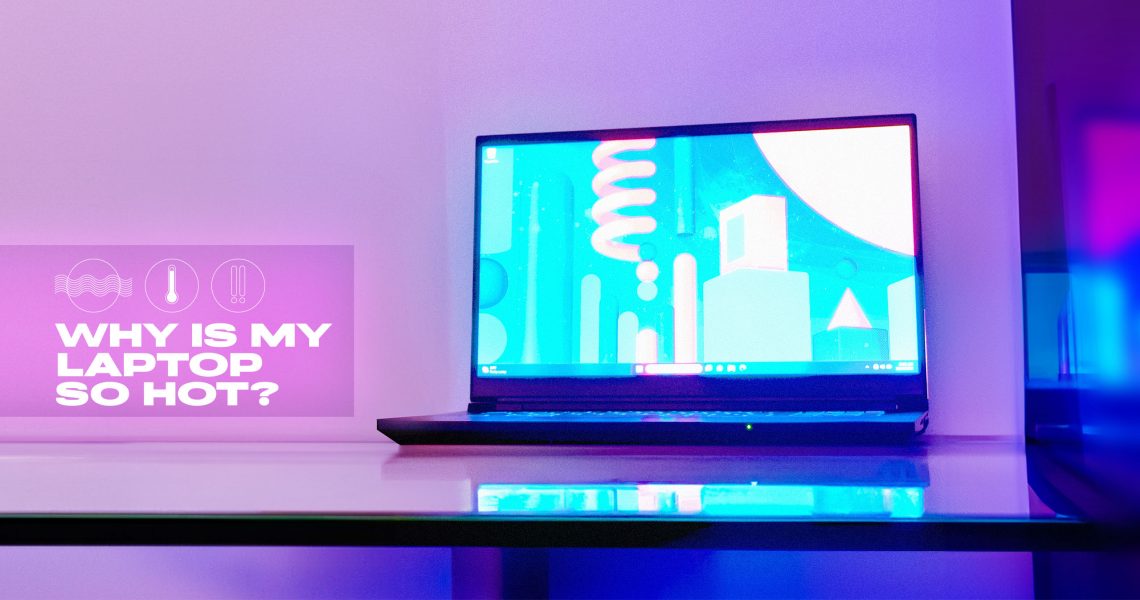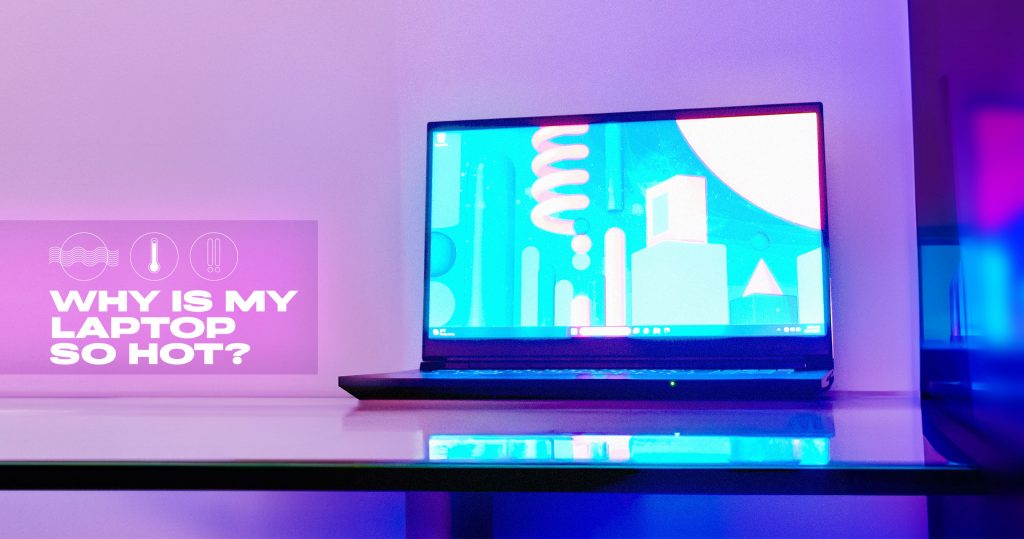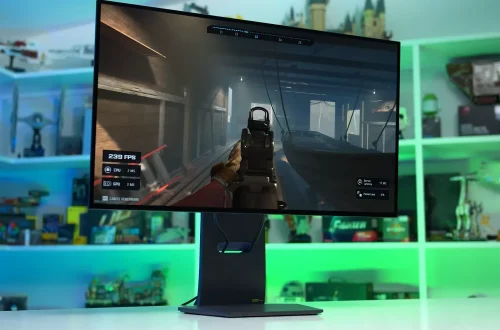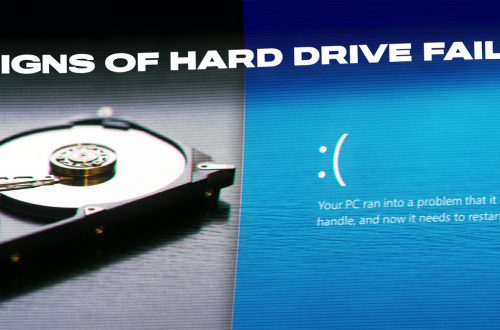
Why is my laptop so hot? What do I do about it?
It doesn’t take a rocket scientist to know that heat is hardly what you want. Heat is the biggest design issue in the engineering of the VM. Short term high heat can hinder performance through throttling. Long-term high heat can shorten the life of components.
So why do laptops – as a whole – often run so hot? From gaming laptops that get as hot as 90 degrees Celsius when you turn on a triple-A masterpiece, to people who get second-degree burns, it’s almost predictable that a laptop is a machine that heats up like a grill. We’ve taken a little time to dig into the main causes of this in order to cool down your laptop.
Dimensions
Let’s start with the elephant in the room. There is a significant difference in available space and surface area between a desktop and a laptop. This is exactly the effect you might imagine. There’s less place for heat to go, and cooling solutions, despite careful design, don’t compare to desktops.
Component Location
If you’ve owned the same laptop for a while, you’ve probably noticed this – certain areas seem to heat up differently than others. The location of components in a laptop can lead to temperature variations. the CPU and GPU are usually located in the center of the laptop, where there is limited airflow, leading to higher temperatures. In contrast, components such as the battery or storage drives may be located at the edges or bottom, where there is more room for airflow and therefore lower temperatures. This is because the CPU and GPU are rated to run at a higher temperature than the battery, and most lithium-ion batteries are not recommended to exceed 45 degrees Celsius.
High Temperature Components
The CPU and GPU can withstand such high temperatures because they are the culprits of high temperatures. Under load, they generate more heat than any other component in a laptop. They usually come with elaborate heatsinks and cooling systems, but that doesn’t stop these chips from running hot in such a closed system.
Dust
Laptops are no strangers to dust, despite their crowded interiors. To keep particles out, laptops usually have very small exhaust vents. Unfortunately, over time this will work against your laptop as the dust inside may have nowhere to go. We recommend using compressed air to remove the dust that clings to your laptop’s fans and vents. You should also periodically go under the hood to remove dust from the fan and vents for optimal laptop cooling.

Ambient
Ambient temperature is a factor that affects the temperature distribution of a laptop. Operating your device in a hot or, more likely, poorly ventilated environment will result in an increase in overall temperature and may increase the temperature of areas within your laptop. You should try to use your laptop only on a solid, flat surface that allows for adequate air circulation. You can also invest in a cooling pad to cool your laptop, but be sure to read reviews carefully before purchasing!
Thermal Design
Some components may have different Thermal Design Power (TDP) ratings, which means they operate at different temperatures under load.Components with higher TDPs may generate more heat, leading to localized temperature increases in your laptop. While you may not be able to control the TDP of components already in your system, you can keep an eye on their performance and heat in additional settings in Task Manager.
Laptops vary greatly in temperature and inevitably heat up under load. By monitoring the temperature of your laptop and providing it with plenty of air, you can ensure that your laptop runs as cool as possible.



